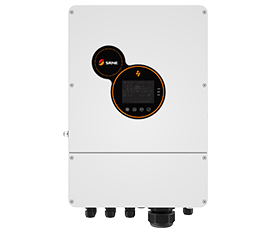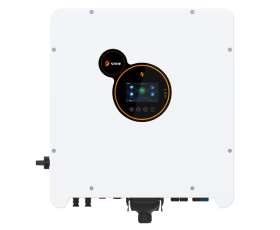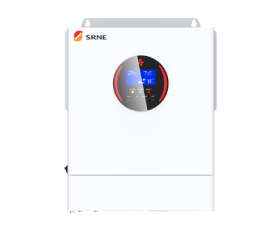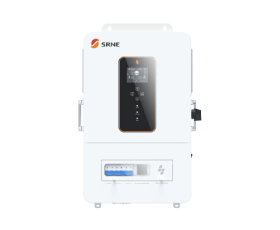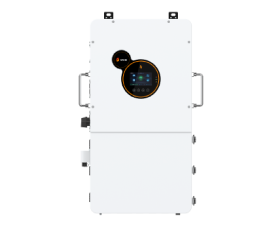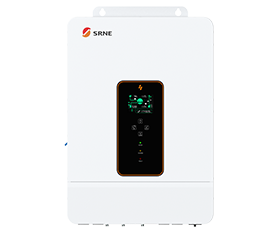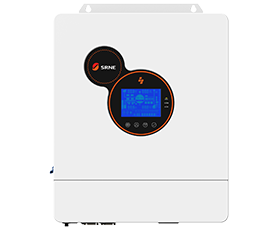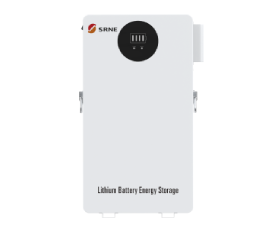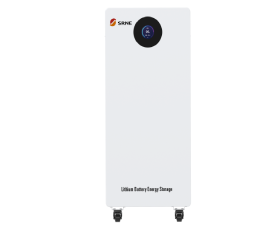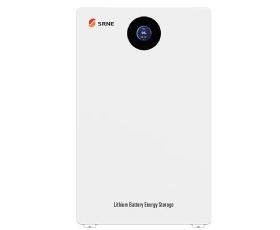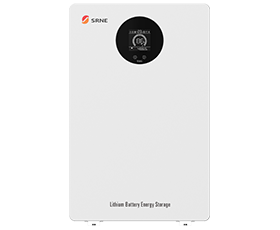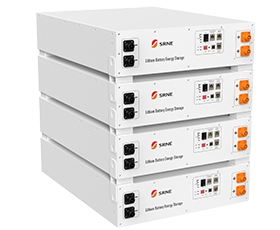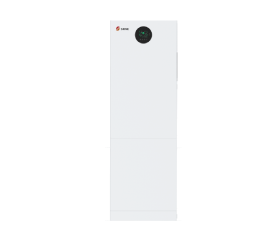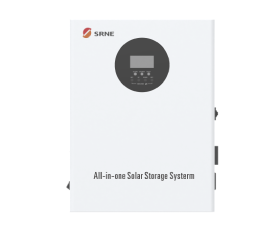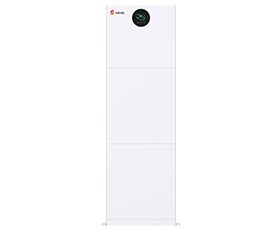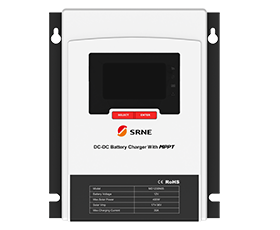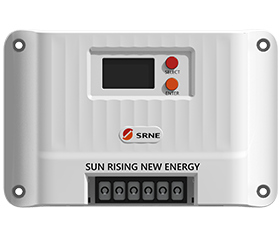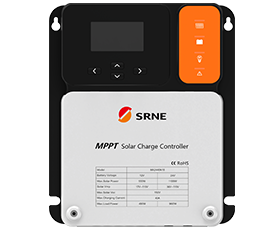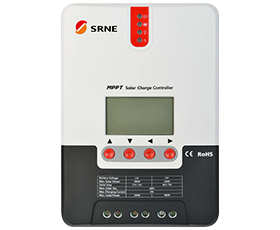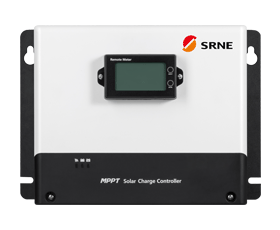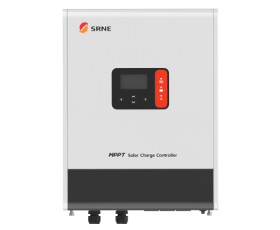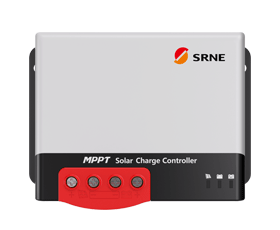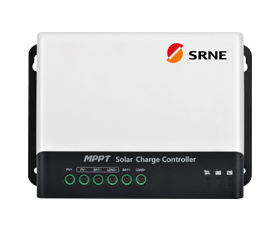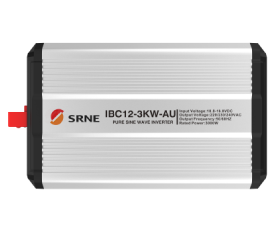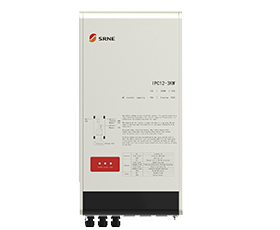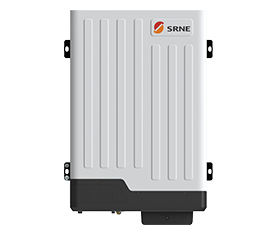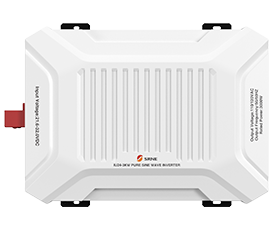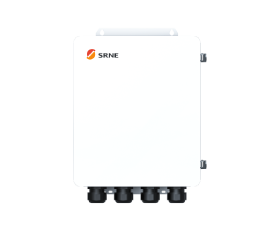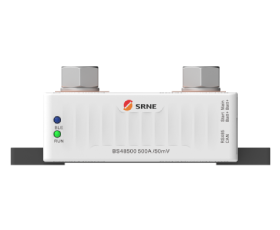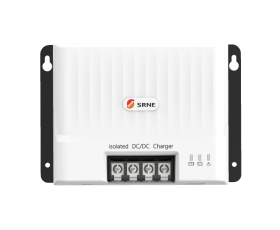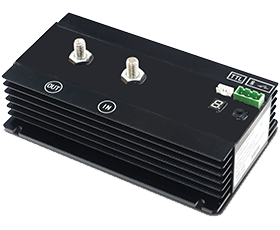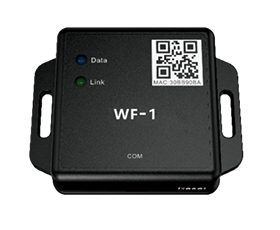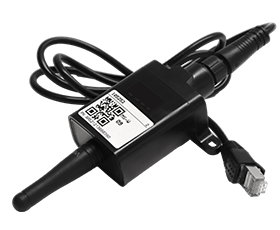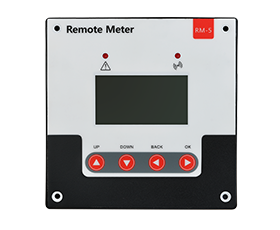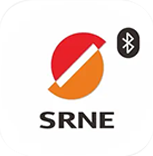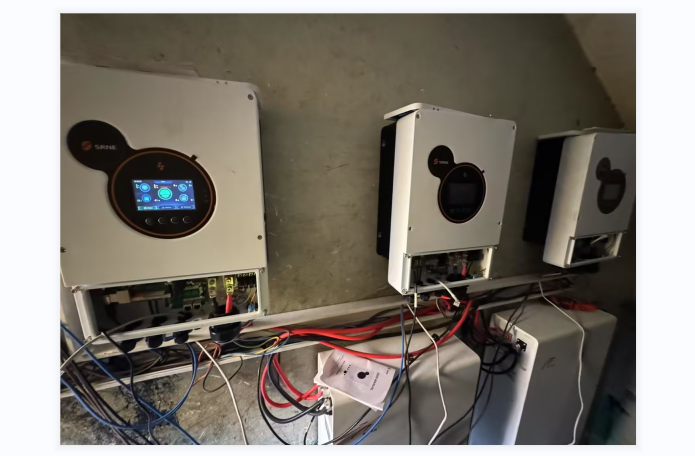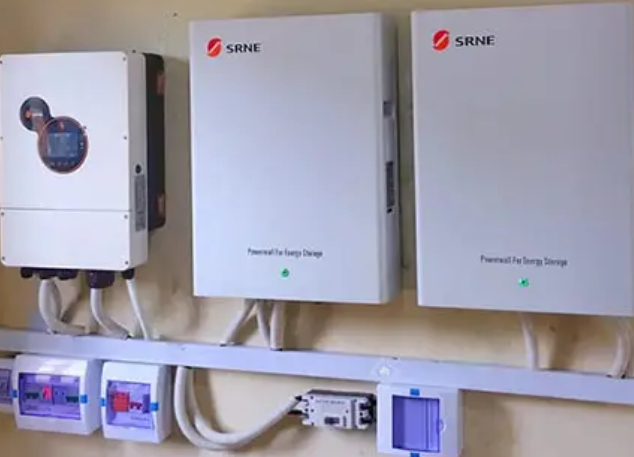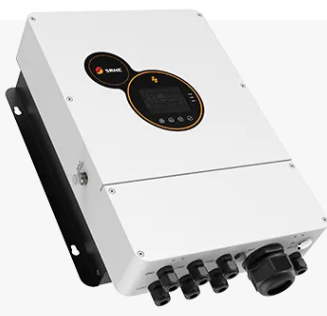How to Maintain Your Hybrid Inverters for Maximum Lifespan
Whether you’re using a solar inverter for residential, commercial, or off-grid applications, neglecting routine care can lead to premature failures and costly downtime. In this guide, we’ll explore key hybrid inverter maintenance practices—covering everything from cleaning and firmware updates to wiring inspections and environmental protection—so you can keep your system running at its best for years to come.
Learn more:
1.Understanding Hybrid Inverters Maintenance Needs
Maintaining a hybrid inverter effectively starts by focusing on its most vulnerable components. The cooling system, wiring connections, and firmware are critical areas that require regular care. Proper cooling prevents thermal stress, while inspecting wiring helps avoid performance drops caused by corrosion or loose contacts. Keeping the firmware updated ensures the inverter operates with the latest efficiency improvements and safety protocols.
Beyond basic system checks, it’s essential to move from passive monitoring to active maintenance. Simply observing status indicators or system apps may alert you to existing problems but does little to prevent them. Active maintenance—including physical inspections, timely cleaning, and scheduled software updates—helps detect potential issues early, preserving both inverter performance and long-term reliability.
Learn more:
https://www.srnesolar.com/articledetail/the-ultimate-guide-to-solar-hybrid-inverters.html
2.Hybrid Inverters Essential Routine Maintenance Tips
2.1 Keep the Inverter Clean and Dust-Free
Dust buildup around cooling vents and internal fans can significantly impede heat dissipation, leading to thermal stress and efficiency losses. Over time, excessive heat may trigger automatic shutdowns or shorten the inverter’s lifespan. To avoid these issues, it’s essential to regularly clean the inverter’s exterior casing, air intakes, and heat sinks using a soft brush or compressed air. In normal environments, a cleaning interval of every three to six months is sufficient, but in dusty, coastal, or industrial areas, monthly inspections are advisable.
2.2 Monitor System Performance Regularly
Continuous system monitoring is key to early fault detection. Most hybrid inverters are equipped with digital platforms that display critical metrics such as real-time output, battery health, and grid interaction status. Instead of passively relying on system alerts, users should review performance logs weekly and investigate any anomalies, such as unexpected efficiency drops, irregular charging cycles, or temperature spikes. Proactive monitoring allows for timely intervention, preventing small faults from cascading into major system failures.
2.3 Update Firmware and Software
Firmware governs how a solar inverter manages energy flow, communicates with batteries, and responds to grid signals. Manufacturers periodically release updates that refine energy algorithms, enhance compatibility with new battery models, or patch known security vulnerabilities. Ignoring firmware updates can leave the system outdated and less efficient. Regularly checking the manufacturer’s portal or enabling automatic updates ensures that the hybrid inverter benefits from continuous technological improvements.
2.4 Inspect Wiring and Connections
Electrical integrity is critical for stable MPPT hybrid inverter operation. Over time, connections may loosen due to thermal expansion, vibrations, or environmental exposure. Regularly inspect all accessible terminals, cables, and junction points for signs of corrosion, discoloration, fraying, or burnt odors. Even minor wiring issues can lead to voltage drops, energy losses, or safety hazards. At the first sign of damage, engage a qualified electrician to conduct repairs or replacements instead of attempting DIY fixes, which may void warranties.
2.5 Manage Environmental Factors
The installation environment has a direct impact on solar inverter reliability. Exposure to high temperatures, UV radiation, moisture, and dust accelerates component aging and increases failure risk. Ideally, inverters should be installed in shaded, ventilated locations with minimal temperature fluctuations. For outdoor systems, investing in weatherproof, IP-rated enclosures is essential to shield the inverter from rain, dust storms, and debris. Actively managing these environmental factors can significantly extend the unit’s operational lifespan and reduce unplanned downtime.
3.Common Hybrid Inverters Mistakes to Avoid
3.1 Ignoring Minor Warning Signs
Seemingly minor issues—such as brief voltage fluctuations, isolated overheating alarms, or occasional system errors—should never be overlooked. These early indicators often point to underlying problems like deteriorating components or unstable connections. Delaying investigation can turn manageable faults into critical failures, increasing downtime and repair costs. Addressing anomalies promptly helps preserve both system stability and long-term reliability.
3.2 Skipping Firmware Updates
Firmware acts as the operational backbone of your MPPT hybrid inverter, controlling everything from energy conversion to system protection protocols. Ignoring scheduled updates risks reduced efficiency, incompatibility with modern battery technologies, and potential security vulnerabilities. Regularly updating firmware ensures the inverter runs optimized algorithms, benefiting both performance and system lifespan.
3.3 Overloading the Inverter Beyond Its Rating
Exceeding an inverter’s rated capacity—whether by adding high-load appliances or expanding battery banks improperly—can severely stress internal components. Persistent overloading leads to thermal degradation, reduced conversion efficiency, and accelerated system wear. To avoid long-term damage, it’s essential to align total system demands with the inverter’s specifications, and seek professional advice when scaling or modifying your setup.
Learn more:
https://www.srnesolar.com/articledetail/how-to-install-your-solar-hybrid-inverter.html
https://www.srnesolar.com/articledetail/top-10-solar-hybrid-inverter-manufactures.html
Conclusion
Proactive maintenance is the key to getting the most out of your MPPT hybrid inverter. From regular system checks and firmware updates to managing external conditions, each step plays a role in preserving performance and extending the lifespan of your equipment.




















